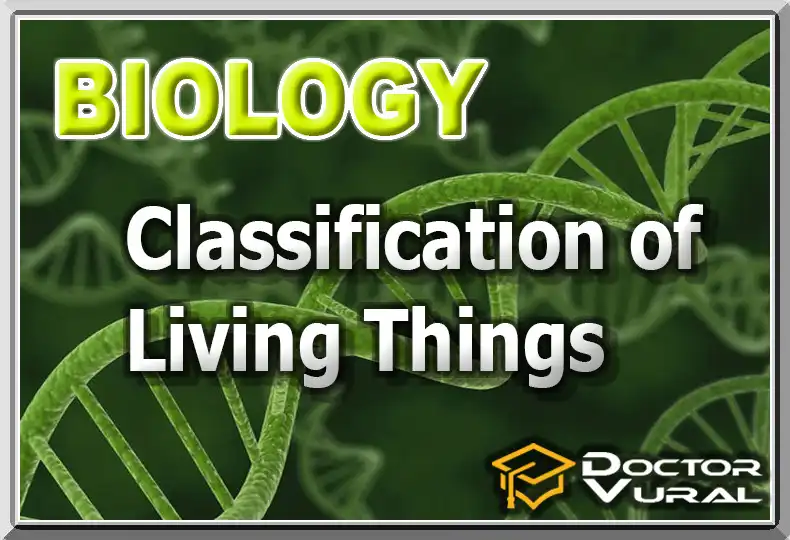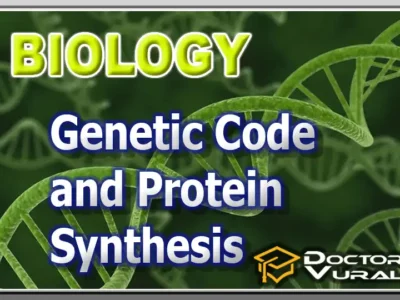Classification of Living Things
Learning Time: 4-12 hours
Content: This topic covers the taxonomic classification of living things and systematic approaches. The taxonomy hierarchy (kingdom, phylum, class, etc.) and basic classification criteria (cell structure, type of reproduction) are taught. The kingdoms Monera, Protista, Fungi, Plants, and Animals are introduced. Subgroups such as amphibians, reptiles, and mammals are also included in the curriculum. In TYT, this topic includes questions on classification schemes and characteristics of living things. The current curriculum also emphasizes biodiversity and conservation efforts. Understanding this topic is important for other topics related to ecology and evolution.
- Taxonomy and Hierarchy:
- Kingdom, Phylum, Class, Order, Family, Genus, Species (Human: Homo sapiens)
- Classification Criteria:
- Cell Structure (Eukaryote vs. Prokaryote)
- Type of Reproduction (Example of Sexual Reproduction)
- Type of Nutrition (Autotroph and Heterotroph)
- Five Kingdom Systems:
- Monera (Cyanobacteria)
- Protista (Ameba)
- Fungi (Yeast)
- Plantae (Oak Tree)
- Animalia (Lion)
- Amphitivores, Reptiles, Mammals:
- Amphitidae (Frog Metamorphosis)
- Reptiles (Snake Skin Molting)
- Mammals (Human Baby Development)
Course Features
- Lectures 0
- Quizzes 0
- Duration 5 hours
- Skill level Intermediate
- Language English
- Students 15
- Assessments Yes







